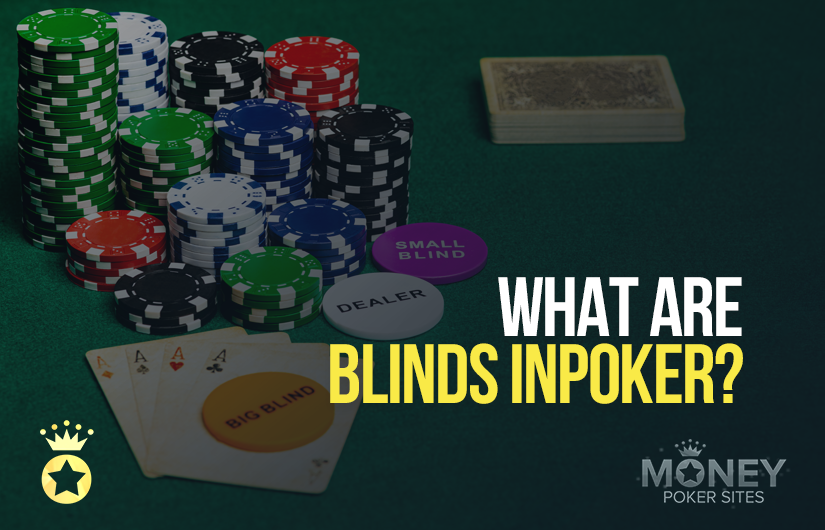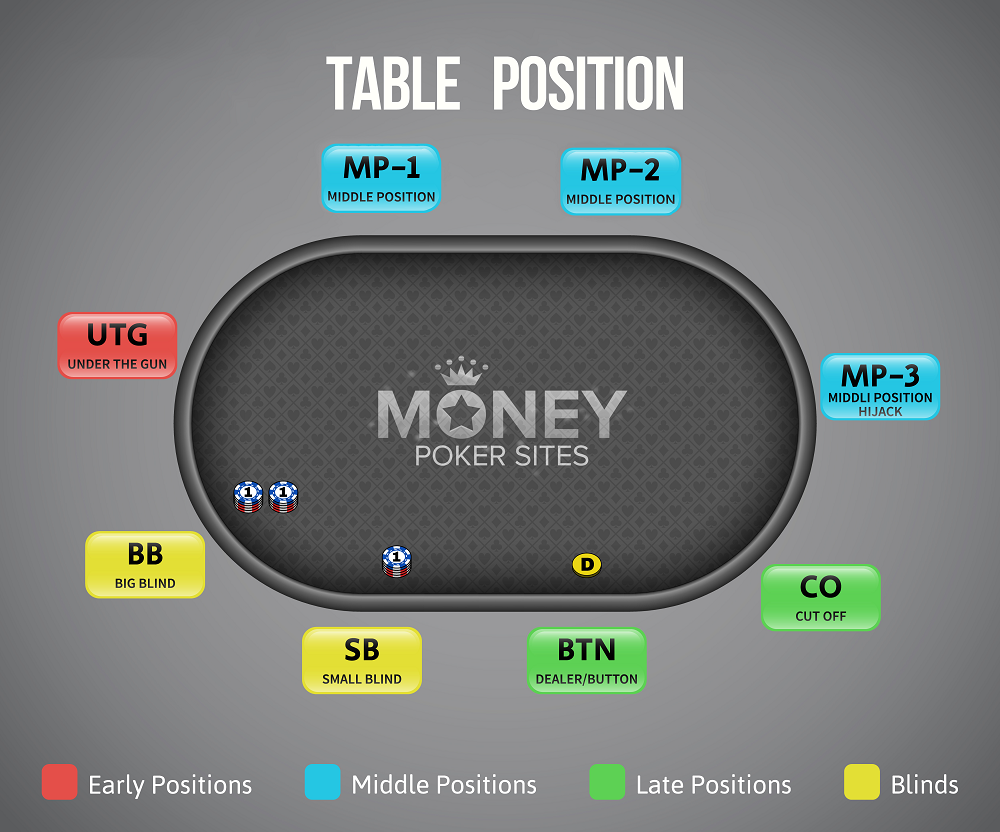What are Blinds in Poker?

Poker blinds are something a lot of people would have heard of, but not everybody is familiar with what exactly they are and why they’re a part of the game.
There are two types of blinds in a game of poker – the big blind and the small blind.
Every player is required to post a small and a big blind at some point during a table’s orbit.
The small blind is the player seated one-to-the-left of the dealer (button), and the big blind is the player seated one-to-the-left of the small blind.

The two players, who are the small and big blinds for a hand, are required to put some chips into the pot. The small blind is nearly always exactly half of the big blind. For example, the blinds in a tournament may begin at 100-200.
During a tournament, with every new level, the blinds gradually increase. It isn’t just Texas Hold Em where blind rules apply – the same applies during Omaha poker.
Why Are Blinds Important in Poker?
The small and big blinds are one of the most important aspects of a game of poker, and this is because they indirectly induce action.
Requiring two players to put chips into the pot means there is already something to play for even before the cards are dealt.
Not only that, but the players posting the blinds may feel it necessary to ‘defend’ their blinds and therefore seek to enter the hand in order to win them back.
Are There Blinds in Cash Poker?
The short answer is yes.
Regardless of whether a player is playing a tournament or cash poker, they will still be expected to post small and big blinds.
The only real difference between the two formats is that during cash poker, the blinds do not increase.
If the blinds for a cash table are $1-$2, they will remain as that for the duration of the game or until all players agree to increase them..

